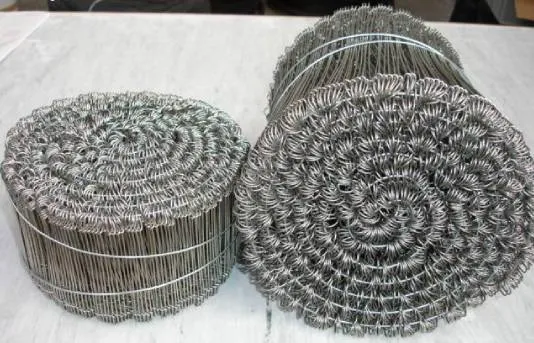-
 Phone:
Phone: -
 Email:
Email:

Installation of Rockfall Netting for Effective Landslide Protection and Safety Management
Rockfall Netting Installation A Comprehensive Guide
Rockfall netting installation is an essential precautionary measure in mountainous and hilly regions where loose rocks may pose a threat to infrastructure, wildlife, and human safety. This article provides a detailed overview of the importance, methodology, and benefits of rockfall netting installation.
Importance of Rockfall Netting
Rockfall events, often triggered by natural factors such as weathering, earthquakes, or human activity, can result in hazardous situations, including landslides and falling debris. These events can lead to significant damage to roads, properties, and the environment, as well as posing risks to public safety. Rockfall netting serves as a protective barrier that captures and contains falling rocks, successfully mitigating these dangers. By installing rockfall netting, authorities can safeguard critical infrastructure, such as highways and railways, and protect nearby communities.
Materials Used in Rockfall Netting Installation
Rockfall netting systems typically consist of high-tensile steel cables and nets designed to withstand considerable loads. The nets are made of durable materials such as steel wire or synthetic fibers that are resistant to corrosion and UV degradation. The choice of materials is influenced by various factors, including the local environment, expected rockfall size, and budget. Additionally, various types of rockfall nets exist, including mesh nets, catchment nets, and flexible rockfall barriers, each designed for specific applications.
Installation Process
The installation of rockfall netting involves several key steps
rockfall netting installation

1. Site Assessment Before any installation, a comprehensive site assessment is conducted to identify potential rockfall areas and evaluate the geological conditions. This assessment often includes geotechnical surveys and risk analyses to determine the optimum netting design and anchor placement.
2. Design Based on the site assessment, engineers develop a tailored design that specifies the type of netting, anchorage system, and installation methods. The design aims to ensure maximum efficiency and safety, considering factors such as potential rock sizes, slope angles, and ecological impacts.
3. Preparation Prior to installation, the site must be prepared by clearing loose debris, stabilizing slopes, and ensuring access for equipment. This step is crucial for guaranteeing the safety and effectiveness of the installation process.
4. Installation The installation process typically involves drilling holes for anchors, securing the netting to the anchors, and tensioning the net to ensure it adequately covers the slope. Skilled workers employ specialized machinery and tools to undertake this process efficiently and safely.
5. Post-Installation Inspection After installation, a thorough inspection is conducted to ensure the system's stability and functionality. Regular maintenance checks are also essential to address wear and tear, tightening any loose sections, and reinforcing anchors as required.
Benefits of Rockfall Netting
The advantages of rockfall netting installation are numerous. Primarily, it enhances safety by preventing potential rock movements from affecting roads or populated areas. Additionally, it minimizes maintenance costs associated with road repairs and infrastructure damage due to rockfall incidents. The ecological impact is also favorable; by capturing debris, rockfall netting helps preserve local ecosystems from disruption caused by falling rocks.
In conclusion, rockfall netting installation is a critical investment for protecting both human life and infrastructure in vulnerable areas. With careful planning, execution, and maintenance, rockfall netting systems can provide long-lasting safety and stability in regions prone to rockfalls. As climate change continues to alter geological landscapes, proactive measures like rockfall netting play an increasingly vital role in disaster prevention and risk management.
-
Wire Mesh for Every Need: A Practical SolutionNewsJul.25,2025
-
Steel Fences: Durable, Secure, and Stylish OptionsNewsJul.25,2025
-
Roll Top Fencing: A Smart Solution for Safety and SecurityNewsJul.25,2025
-
Cattle Farm Fencing Solutions for Maximum SecurityNewsJul.25,2025
-
Affordable Iron Binding Wire SolutionsNewsJul.25,2025
-
Affordable Galvanized Wire SolutionsNewsJul.25,2025
-
Wire Hanger Recycling IdeasNewsJul.25,2025








